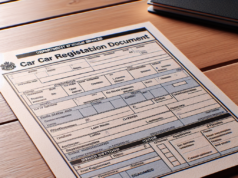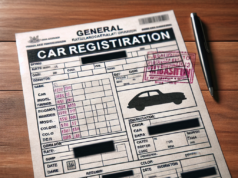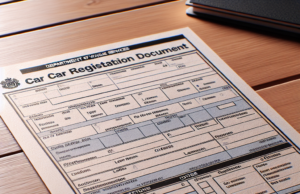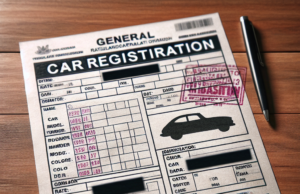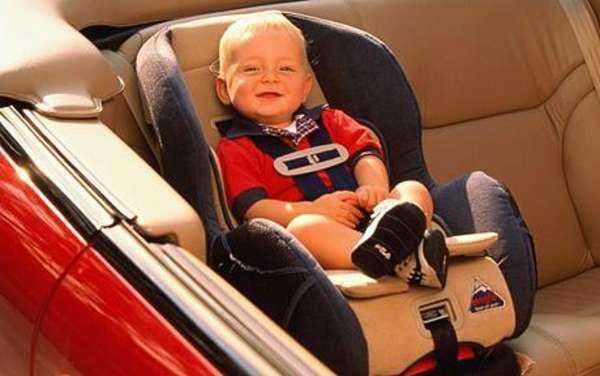
What is a Booster Seat?
Unlike many child restraints with built-in harnesses, a booster seat uses on a vehicle’s belt to buckle a child in. The purpose is to make the adult seat belt fit the child better. Booster seats used are for children who have outgrown forward-facing restraints. The best booster seats will provide a good fit for the adult seat belt for typical children between 4 and 8 years old or above 40 pounds in nearly any car, SUV, or minivan.
A booster seat is a firm cushion made of plastic or foam that elevates a child higher in a car in order to improve the angle and position of the shoulder seat belt. Booster seat requirements call for slots or hooks where the lap belt is put through to lower the lap belt down to the child’s hips and thighs. There are high back, backless, and removable-back booster seats. Many booster seats also include a comfort clip or a shoulder belt guide that can be used, if needed, to slightly lower the shoulder belt so it can cross the center of the child’s shoulder and chest.
Booster Seat Requirements for Your Child
While there are no strict booster seat requirements for the design of a booster seat, ideal booster seats have a removable back with adjustable headrests. Most high back booster seats have energy-absorbing, high-density foam in the head region. In order protect a child’s neck and spine, the head must be properly supported by the vehicle seatback, headrest, or booster seat. An adjustable headrest also helps keep a sleeping child properly positioned under the vehicle belt and also comfortably positions the shoulder without preventing it from properly retracting.
Booster Seat Requirements by State
Each state has its own specific booster seat requirements. Some states do not explicitly state that a booster seat is needed, but rather some sort of child restraint system is required. If your state is not listed, there are no booster seat requirements for children between 4 and 8 years old.
• Alabama Booster Seat Requirements: Booster seat for children between the ages of 5 and 6 years old.
• Alaska Booster Seat Requirements: Booster seat for ages between 4 and 7 (between 20 and 64 pounds or less than 57”).
• Arizona Booster Seat Requirements: Child restraint for children less than 5 years old.
• Arkansas Booster Seat Requirements: Child restraint for children less than 5 years old (and less than 60 pounds).
• California Booster Seat Requirements: Child restraint for children less than 8 years old (and less than 57″) in rear seat if possible.
• Colorado Booster Seat Requirements: Booster seat for children ages between 4 and 7.
• Connecticut Booster Seat Requirements: Child restraint system for children between ages 1 and 6 (and less than 60 pounds).
• Delaware Booster Seat Requirements: Child restraint for children less than 7 years old (less than 66 pounds).
• Georgia Booster Seat Requirements: Child restraint for children less than 8 years old (and less than 57″) in rear seat if possible.
• Hawaii Booster Seat Requirements: Booster seat for child restraint for between 4 and 7.
• Idaho Booster Seat Requirements: Child restraints required for children less than 7 years old.
• Illinois Booster Seat Requirements: Child restraint for children less than 7 years old.
• Indiana Booster Seat Requirements: Child restraint for children less than 7 years old.
• Iowa Booster Seat Requirements: Child restraint for children 4-5 years old.
• Kansas Booster Seat Requirements: Booster seat or child restraint required for children between ages 4 and 7 years old (and less than 80 pounds or than 57″).
• Kentucky Booster Seat Requirements: Booster seat for children less than 6 years old (between 40″ and 50″).
• Louisiana Booster Seat Requirements: Booster seat for children between ages 4 and 5 years old (between 40 and 60 pounds).
• Maine Booster Seat Requirements: Booster seat for children 40 to 80 pounds and less than 8 years old
• Maryland Booster Seat Requirements: Child restraint for children less than 8 (and less than 57″ and less than 65 pounds).
• Massachusetts Booster Seat Requirements: Child restraint for children less than 7 years old (and less than 57″).
• Michigan Booster Seat Requirements: Child restraint for children less than 7 years old (and less than 57″).
• Minnesota Booster Seat Requirements: Child restraint for children less than 7 years old (and less than 57″).
• Mississippi Booster Seat Requirements: Booster seat for children between 4 and 6 years old (and less than 57″ or 65 pounds).
• Missouri Booster Seat Requirements: Booster seat between 4 and 7 years old (and between 40 and 80 pounds and less than 57″) or for children 4 years or older (and greater than 80 pounds or more than 57″) in rear seat.
• Montana Booster Seat Requirements: Child restraint for children less than 6 years old (and less than 60 pounds).
• Nebraska Booster Seat Requirements: Child restraint for children less than 5 years old.
• Nevada Booster Seat Requirements: Child restraint for children less than 6 years old (less than 60 pounds).
• New Hampshire Booster Seat Requirements: Child restraint for children less than 5 years old (less than 55″).
• New Jersey Booster Seat Requirements: Child restraint for children less than 8 years old (less than 80 pounds).
• New Mexico Booster Seat Requirements: Booster seat for children 5 and 6 years old (or less than 60 pounds).
• New York Booster Seat Requirements: Child restraint for children between 4 and 7 years old unless no lap/shoulder belt is available.
• North Carolina Booster Seat Requirements: Child restraint for than 7 years old (and less than 80 pounds).
• North Dakota Booster Seat Requirements: Child restraint for less than 6 years old (and less than 80 pounds or 57”), or if greater than 40 pounds, child can use lap belt if lap/shoulder seat belts is not available.
• Ohio Booster Seat Requirements: Booster seat for children between 4 and 7 years old (greater than 40 pounds and less than 57″).
• Oklahoma Booster Seat Requirements: Lap belt for children greater than 40 pounds in rear seat if belt if lap/shoulder belt is unavailable.
• Oregon Booster Seat Requirements: Booster seat for children less than 8 years old but over 40 pounds or less than 57″ tall.
• Pennsylvania Booster Seat Requirements (Pennsylvania Vehicle Registration): Child restraint for children less than 7 years old.
• Rhode Island Booster Seat Requirements: Child restraint for children less than 7 years old (less than 80 pounds and less than 57″) in rear seat if possible.
• South Carolina Booster Seat Requirements: Booster seat for children between 1 and 5 years old (between 40 and 80 pounds) secured by lap/shoulder belt.
• Tennessee Booster Seat Requirements: Booster seat for children between 4 and 8 years old (and less than 57”), rear seat if available for children less than 8 years old (and less than 57”)
• Texas Booster Seat Requirements: Child restraint for children less than 7 years old (and less than 57″).
• Utah Booster Seat Requirements: Child restraint for children less than 7 years old (and less than 57″).
• Vermont Booster Seat Requirements: Child restraint for children between 2 and 7 years old (and greater than 20 pounds).
• Virginia Booster Seat Requirements: Child restraint for children less than 7 years old.
• Washington Booster Seat Requirements: Child restraint for children less than 8 years old (and less than 57”).
• West Virginia Booster Seat Requirements: Child restraint for children less than 7 years old (and less than 57”).
• Wisconsin Booster Seat Requirements: Booster seat for children between 4 and 7 years old (and 40 and 80 pounds and less than 57″).
• Wyoming Booster Seat Requirements: Child restraint for children less than 8 years old in rear seat if available.

